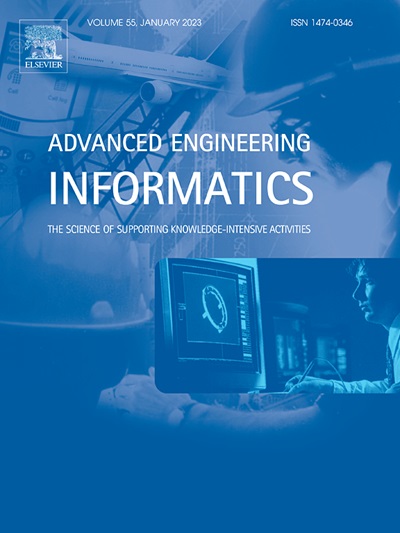Forecasting and analyzing technology development trends with self-attention and frequency enhanced LSTM
IF 8
1区 工程技术
Q1 COMPUTER SCIENCE, ARTIFICIAL INTELLIGENCE
引用次数: 0
Abstract
Analyzing and forecasting technology development trends is of significant importance for formulating research and development (R&D) strategies. Existing research focused on analyzing historical trends of technology development or utilizing link prediction to forecast future technology interactions, thereby providing decision support for formulating R&D strategies. However, these methods rely on expert experience or fail to produce predictive trend insights, thus lacking objectivity and effectiveness. To address these issues, we start with predictions of technology interaction intensity trends to understand future technology interactions, thereby providing decision support for R&D. Specifically, we represent technology interactions using the co-occurrence of classification codes and developed a Self-Attention and Frequency Enhanced Long-Short Term Memory (SAFE-LSTM) model to predict the future connection strengths of classification codes, thereby constructing the landscape for future technology interactions. We trained this model on the American patent dataset and compared it with several typical machine-learning methods. The results indicate that the SAFE-LSTM model achieved significant advantages in single- and multi-step predictions. Building on this foundation, we further analyze technology development trends, yielding valuable insights. This study provides researchers with more comprehensive and predictive insights, supporting the integration with additional analytical methods to offer more robust decision-making support for R&D, thereby contributing to the future competitiveness of enterprises.
求助全文
约1分钟内获得全文
求助全文
来源期刊

Advanced Engineering Informatics
工程技术-工程:综合
CiteScore
12.40
自引率
18.20%
发文量
292
审稿时长
45 days
期刊介绍:
Advanced Engineering Informatics is an international Journal that solicits research papers with an emphasis on 'knowledge' and 'engineering applications'. The Journal seeks original papers that report progress in applying methods of engineering informatics. These papers should have engineering relevance and help provide a scientific base for more reliable, spontaneous, and creative engineering decision-making. Additionally, papers should demonstrate the science of supporting knowledge-intensive engineering tasks and validate the generality, power, and scalability of new methods through rigorous evaluation, preferably both qualitatively and quantitatively. Abstracting and indexing for Advanced Engineering Informatics include Science Citation Index Expanded, Scopus and INSPEC.
 求助内容:
求助内容: 应助结果提醒方式:
应助结果提醒方式:


